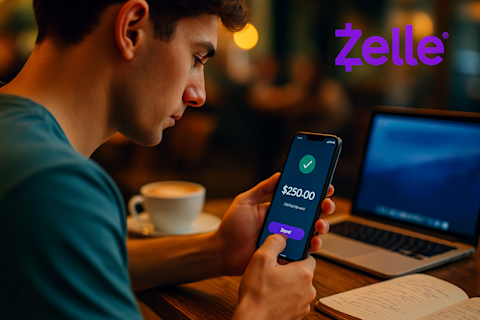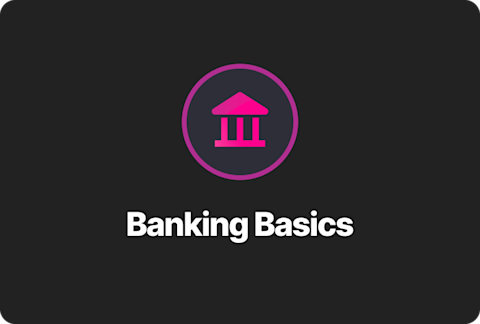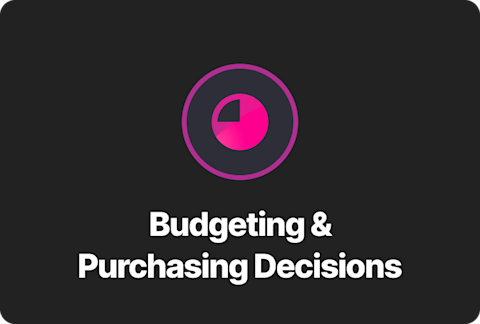Everything you need to know about keeping your money safe

While many of us already spent a great deal of time online, the pandemic has taken us to new heights, changing the way we communicate and opening doors for people to connect virtually. Unfortunately, these open lines of communication have also led to an uptick in fraud.
According to a poll by MoneyGram, 63% of Americans admit that they’ve been a victim of a scam. Additionally, 52% of people say they worry about having their money stolen.
Don’t worry, Step’s got your back! While online safety and security are incredibly important, it’s not always easy to spot a scam. That’s why we’re going to walk you through the key do’s and don’ts to help keep your money safe, reduce your stress and ultimately, kick those fraudsters to the curb!
Common fraud tactics used by scammers
Education is the first line of defense when it comes to protecting yourself from scams. That’s why we’re breaking down common fraud tactics to help you spot scams and protect your hard-earned money.
Let’s start with the basics. Banking scams can take many forms, but in general, these fraudsters will initiate contact with you through email, phone, texts and social media in hopes that you’ll respond and disclose personal information. And, while there are a number of ways in which your bank might contact you, they will NEVER ask you to provide things like your account numbers or login information.
Here are the most common scams you’ll see from fraudsters:
Phishing emails
These messages appear to be coming from a legitimate source –– like your bank –– and will direct you to do things such as confirm your account information by clicking on links they’ve provided. However, these links will actually take you to fraudulent sites where your personal information is harvested.
Phony calls
Fraudsters have gotten pretty sophisticated and will use personal information they’ve gathered on you –– like your bank, insurance company or mobile carrier –– to impersonate legitimate companies and obtain sensitive information.
Promotional texts
While you may ignore calls from unknown numbers, don’t let that fool you, you can still get scammed from your phone. Fraudsters often use any personal information they have on you –– like where you shop –– to impersonate businesses. One common form of infiltration is to pose as a retailer letting you know that you’ve won a prize, such as a free iPhone, and asking for a few simple pieces of information before sending you the item.
Suspect direct messages
Oftentimes, fraudsters will use all the information they’ve gathered on you to spoof a social media account you follow or create a new, fake profile for a person you’d likely be interested in connecting with. These tactics are used to gain your trust and then ask for some sort of information in return - like taking a survey in exchange for a gift card or linking to a new brand you should check out.
6 tips for protecting your data & keeping your money safe
Now let’s talk about what you can do to prevent scams. Here’s a few tips:
1. Never share sensitive information.
A legitimate organization will never ask for things like your login information or account details. In fact, these security measures have been put in place to help protect your data and are meant for your eyes only! This goes for your friends and family, too. And, when you’re posting on social media, always remember to hide sensitive information such as your card number.
2. Always verify the information being asked of you with reliable sources.
Whether you receive an email, phone call, text or DM on Instagram, go to the official website of the organization and give them a call or send them an email to confirm the earlier messages you received were legitimate.
3. If you get a suspicious looking email, never click on the links or download attachments.
Instead, hover over the sender’s display name to confirm the actual email address. Oftentimes, the display name will impersonate your boss, bank or a friend, but the email address won’t match up. While these steps might sound tedious, they only take a few seconds and could save you money!
4. If something looks too good to be true, it probably is.
Any time you see advertising about a product that is significantly discounted or receive a text or email letting you know about a special prize you’ve won, chances are it’s a scam. Always proceed with caution and take some time to verify the source.
5. Protect your data by setting up alerts.
There are several alerts and security measures that can be put in place to help keep your information safe. For instance, enable two-factor authentication and opt-in to receive alerts each time someone signs into your account from a new device. Additionally, you can elect to have your bank notify you each time a purchase is made on your card and even enable location services.
6. Be discreet on social media.
While social media is a great place to express yourself and find people with shared interests, the information you share is visible to a lot of people. Keep an eye on suspicious follower requests and avoid sharing personal information like your birthday or pet’s name - you’d be surprised how much damage scammers can do with those details.
At Step, keeping your data and your money safe is our top priority. That’s why we’ve developed a strong customer authentication model, requiring users to enter a unique pin or use biometrics like Face or Touch ID to verify their identity. Step customers also receive push notifications each time a transaction is made and are able to immediately freeze their card in the event of suspected fraud.
Check out Step’s Security page to learn about additional measures we’re taking to help keep your money safe and secure at all times!








